Last updated on May 7th, 2025 at 11:14 am
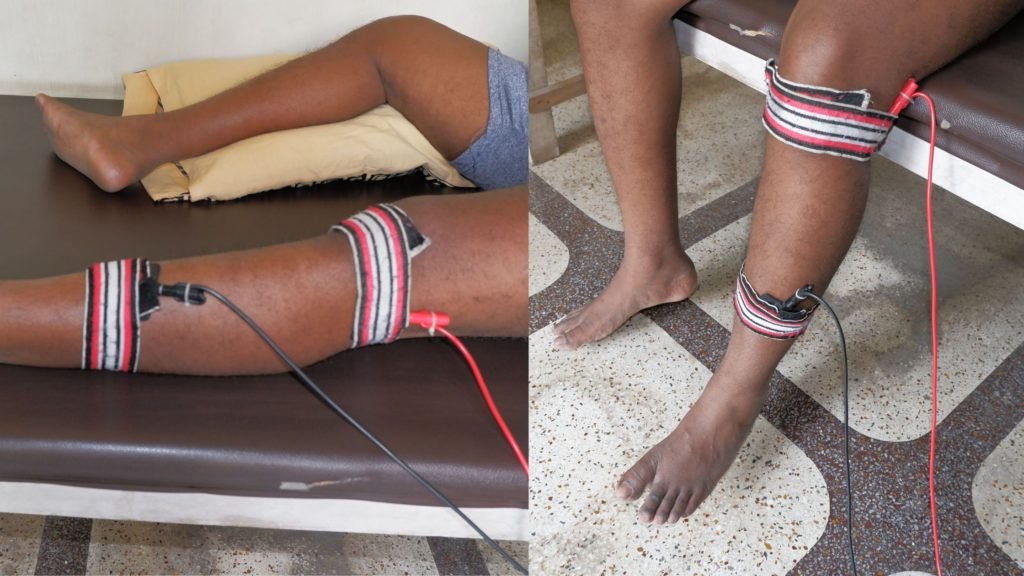
One of my readers rightly asked me, ” Should we go for faradic or galvanic stimulation for foot drop, and why?” This made me write this article on whether faradic stimulation is for foot drop or galvanic—a debate.
After lots of brainstorming and searching, as well as my knowledge and experience, the views expressed here are solely mine. It does not have any research data to back it up.
In our previous article, “Foot Drop and its Physiotherapy Management,” we covered everything related to foot drop. We discussed the different causes, complications, and management. We already know that electrical stimulation of the foot dorsiflexor (tibialis anterior muscle) is an important part of the treatment.
Let’s find out whether faradic or galvanic stimulation for foot drop.
Faradic and galvanic stimulation
Although galvanic and faradic currents are used for the same purpose, there’s a difference between galvanic and faradic currents. Galvanic current is an interrupted direct current used to treat denervated muscle.
Denervated muscle is a paralysis condition in which no nerve connection remains. Faradic stimulation is given for muscle paresis, which is also called partially innervated muscle.
Denervated and partially innervated muscle
Denervation can be at the CNS (central nervous system) level or the PNS (peripheral nervous system)level. Severe brain damage is the perfect example of denervation at the CNS level. In this case, the limbs may get paralysed. There will be no sign of the slightest flickering movement.
Denervation at a peripheral level may happen during a fracture of the bone or accidental injury during surgery. I have seen a wrist drop case due to a complete radial nerve injury at the elbow due to a fracture of the elbow joint.
Similar to denervation, partial damage (partial innervation) of the nerve can happen both at the CNS and PNS levels. However, there will be some movement or flickering movement in the limbs.
Faradic stimulation for foot drop or Galvanic
Foot drop also can happen due to CNS damage or PNS damage. So before deciding to give faradic or galvanic stimulation, one should learn the patient’s complete history. They should look for the signs of movement in the foot.
In a hemiplegic or traumatic brain injury case, if you find that the foot does not show any movement, then I suggest you go for galvanic stimulation or vice versa. As the treatment progresses, if you achieve minimal movement, you should switch to faradic stimulation.
If you have peripheral nerve damage to the peroneal nerve (which can be due to a knee fracture), look for whether it’s partial or complete nerve damage. Check the nerve investigation report, such as the NCV (nerve conduction velocity) test. Based on the findings, make your clinical decision.
Final word
Though this has worked for me, not all severe foot drop cases have shown improvement. The reader must make an informed decision. So, what do you think? Please share your opinion below.
The author is a physiotherapist who has been practising for the last 17 years. He holds a Bachelor's in Physiotherapy (BPT) from SVNIRTAR (Swami Vivekananda National Institute of Rehabilitation and Research), one of the prestigious physiotherapy schools in India.
Whatever he learns dealing with his patient, he shares it with the world through blogs and e-books. He also owns a YouTube channel, "Sunit Physiotherapist" with over 8 lakh active subscribers. Here, he shares everything he gets to learn serving the patient.
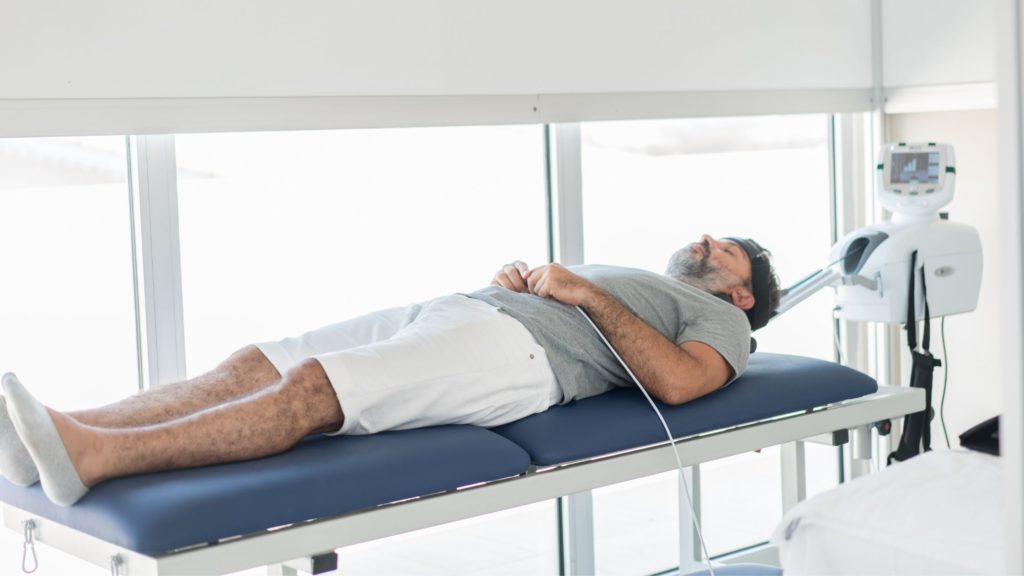
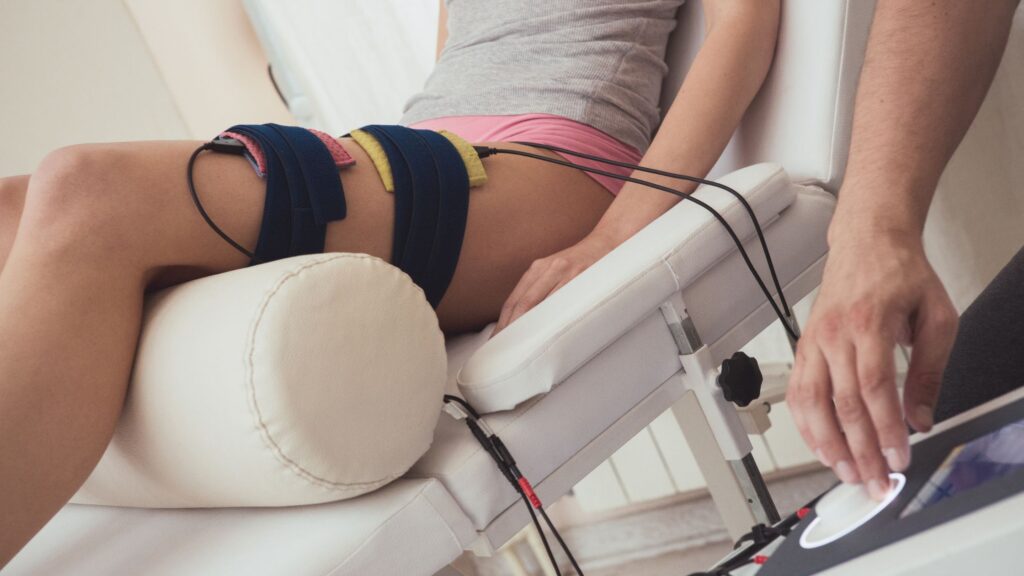
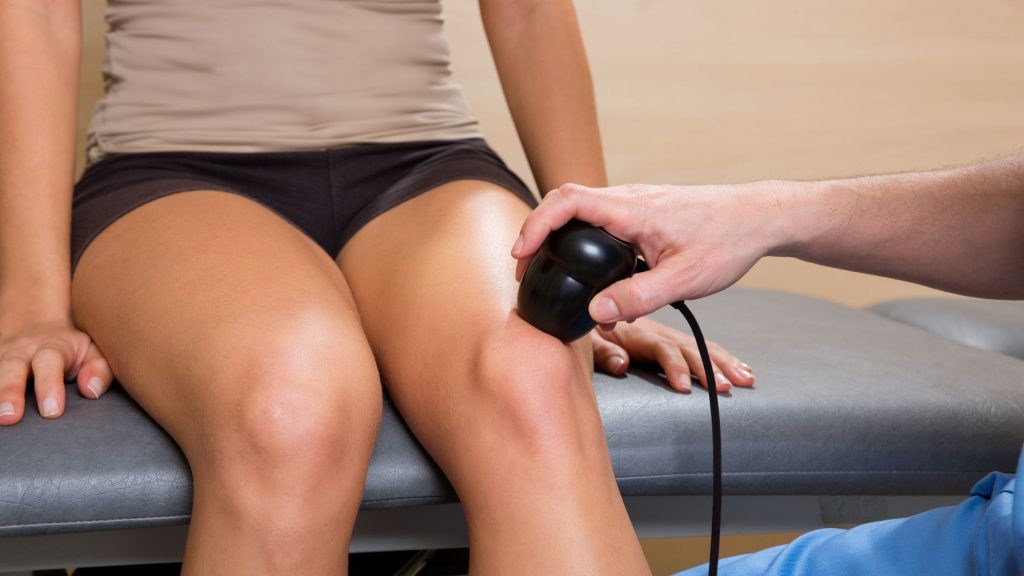
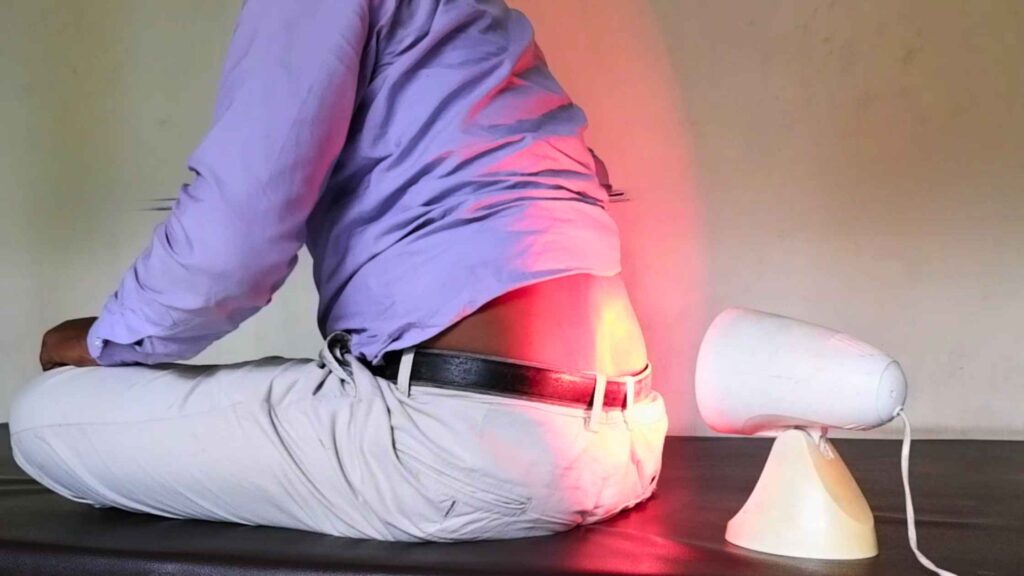

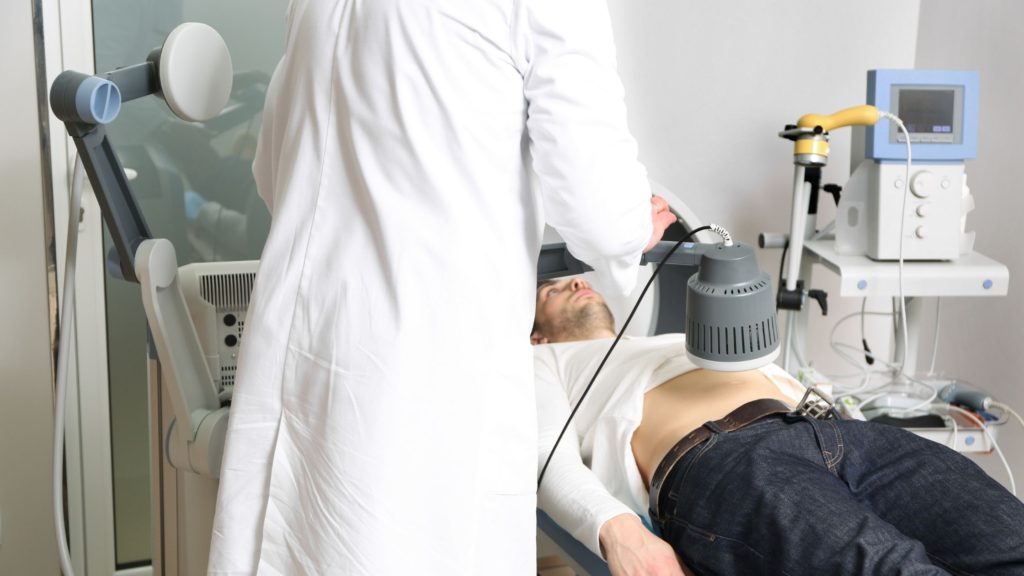
Pingback: Difference between faradic and galvanic current : Physiosunit
3& half months foot drop. Because of Corona no physiotherapy treatment was possible. Dorsiflexion occurs by Galvanic mode of stimulation. Plantarflexion is still there. I walk & exercise inside home without any aid but not normal. What could be the reason of FOOT DROP & whether it will reverse?
You need to explore this page to explore lots of helpful articles on the thematic of education.
Second, there is a danger of genuine muscle fiber harm from a lot of constriction, causing damage and scar development. Begin with insignificant incitement since that technique is most secure. Muscle Stimulators